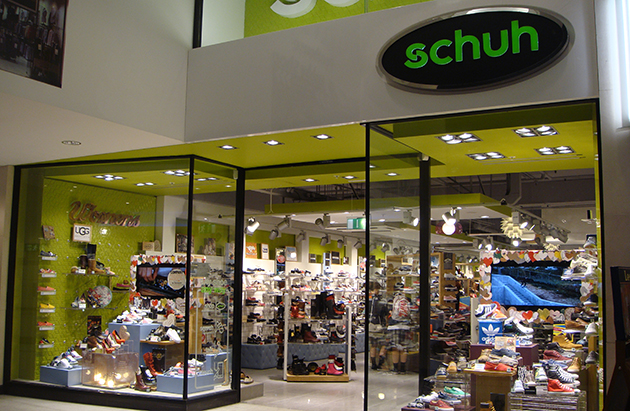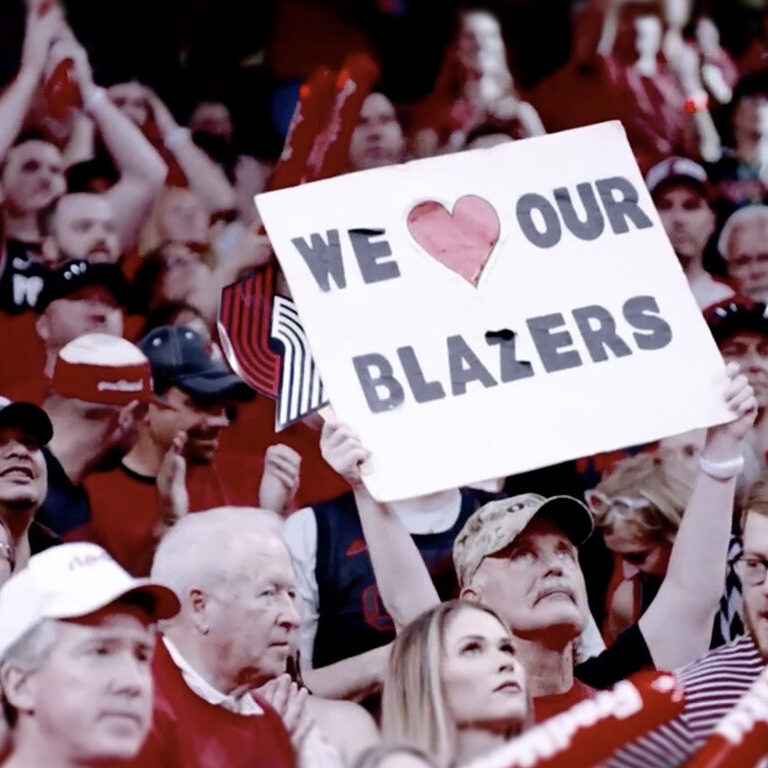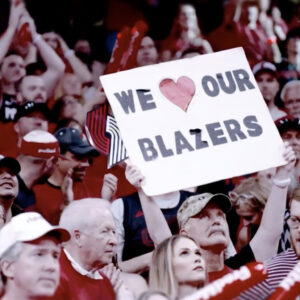Happy New Year to you – I hope you’ve had a great start to 2019.
My professional new year began on January 2nd when I wrote this post based on an experience I had a week before Christmas. I’ve actually been keen to put pen to paper (or fingers to keyboard) ever since then but festive cheer, food and merriment got in the way. The reason I was so intent to get this out is because some weeks ago I read another of Paul Greenberg’s excellent ZDnet articles, Best Buy, the worst buy: Lessons from the field and online, and if you’ll read on you’ll see why his post prompted mine.
For those of you already following Paul you’ll know he’s a leading commentator on CRM and customer-facing strategies, and as the founder of CRM Watchlist has a compendium of software and its functionality in his mind. This particular ZDnet article recounted a recent and very painful shopping experience he had, and what he listed as Problem no. 6 “no visibility between online and store” for the customer service rep (CSR), or more specifically, a lack of integration across different elements of their CRM eco-system, was the one that resonated the most with me.
My customer service experience
Fast forward a few weeks – but with Paul’s message still very present in my mind – and this is what happened to me.
Unlike Paul, I had a great…….no……an incredible customer service experience as my online activity was indeed visible and accessible to an offline CSR. And also unlike Paul’s story, I put the phone down in a much better mood than when I picked it up.
So here’s what happened. I purchased a pair of adidas Gazelle shoes on www.schuh.co.uk – or at least I thought I did. I submitted my card details and arranged to pick them up from the Covent Garden store the very next day. First thing in the morning I got an email saying “sorry, we don’t have your shoes….we thought we had them at our Covent Garden store but we didn’t…..we haven’t charged your card.” That didn’t feel great. I’d quit looking any further once I’d placed on my order with Schuh because I assumed the shoes were “in the bag”.
So here are three ways in which, despite this unwelcome morning message, my experience was vastly better than Mr Greenberg’s:
Surprise ‘n’ delight no. 1: The email telling me they didn’t really have my shoes included a 10% discount code for the inconvenience that I could apply against my next online purchase. It wasn’t relevant for me because I didn’t want to get caught up in the same situation again so I looked for the customer service telephone number.
Surprise ‘n’ delight no. 2: The customer service number was readily available on their website, under the Customer Experience tab (the exact opposite of Problem no. 1 in Paul’s article) . So I dialled it ready to be highly vocal with my complaint…….
Please get in touch if you’d like to discuss this further or if you already have this type of process in place I’d love to hear about it – I can give you the award next time!
Surprise ‘n’ delight no. 3: The CSR knew who I was and why I was calling because Schuh’s online and offline CRM is integrated within their eco-system. Their software picked up my mobile number, aligned it with the record that was created the night before, and displayed my information including my transaction and email history in front of the CSR. Not only was she ready to deal with me, she was apologetic and provided an explanation of why the situation occurred. (To be honest, I’m not convinced her explanation was the truth, but I didn’t care: the fact she made an effort to appease me was enough.)
So as a result – and in less than 5 minutes from the start of the call to the end – I re-ordered the Gazelles to be collected at the Oxford Circus branch later that day.
And most importantly, instead of losing my temper and expecting never to shop with them again, as per the outcome for Paul and Best Buy, my first time purchase will undoubtedly be the start of many. And in reference to the CRM pyramid in my book, Winning with Data(page 27), Schuh has quite a good chance of converting me from a casual, to a regular, and then to a loyal, customer. And in writing this post you could say I’m already an advocate! (No doubt your CRM objective, Alice Cleary?)
How could this be applied to #sportsbiz?
So how could #sportsbiz apply the Schuh approach to customer service – where is our business need, what applications could there be?
Consider a frustrated fan. Not only did his club lose (again!) last night, they ran out of pies at half time. So, first thing in the morning he picks up the phone, about to launch into a tirade and ask for a refund on his season ticket, when the switchboard operator completely disarms him:
“That wasn’t much of a performance last night was it <insert fan’s name>? I’m sure it didn’t look much better from your seats in the XYZ Stand. But thanks for joining us – I heard <insert manager’s name> say it could have been worse if it hadn’t been for the loyal support of our season ticket holders.”
How many #sportsbiz execs believe that sort of approach could lead to a change in behaviour in an under-serviced sports fan? What could a potential complaint be converted into for the fan who couldn’t get a half time pie while watching his team lose?
For too many years the sports industry has been taking fans for granted – we all know that, its been documented on many occasions by many experts, most notably by the ubiquitous Mark Bradley – so do we need to start taking the Schuh approach or risk the Best Buy (Worst Buy) scenario? And how do we use CRM and the many data-driven applications available to us in order to do so?
Please get in touch if you’d like to know how we help our clients improve their customer service using CRM and data.





